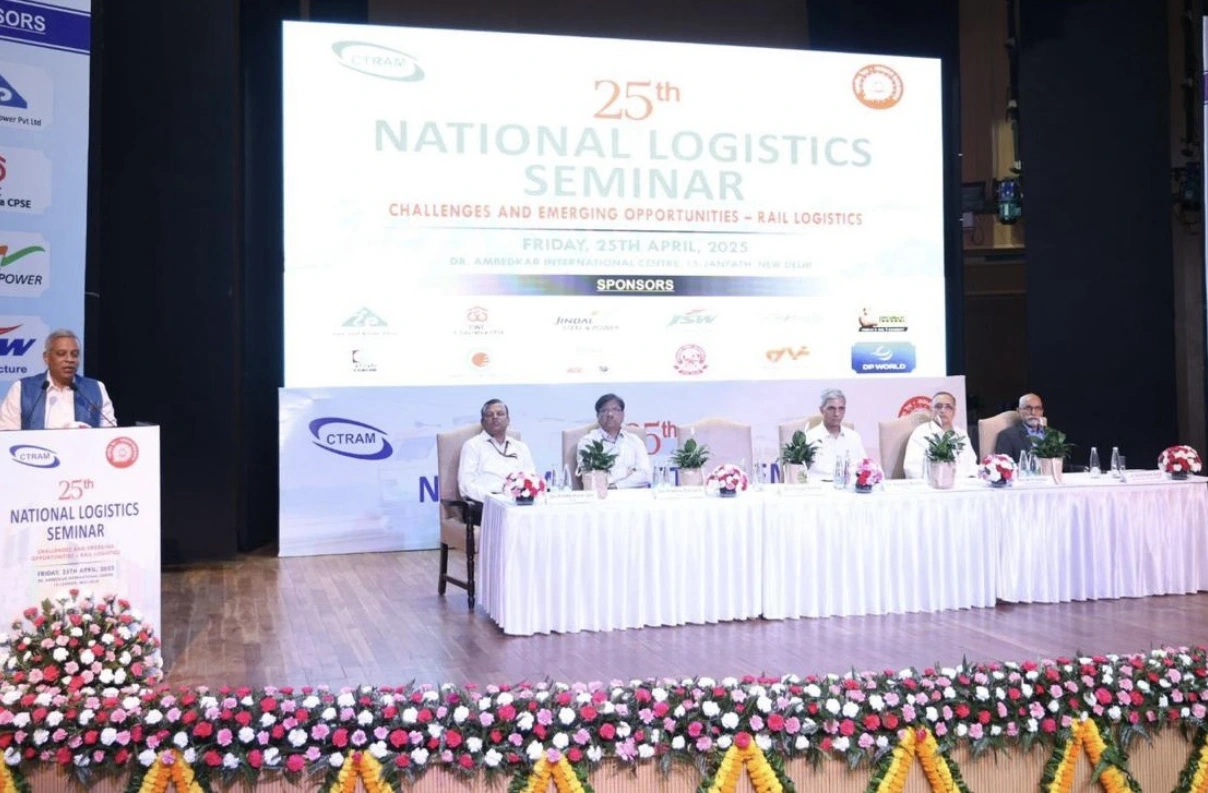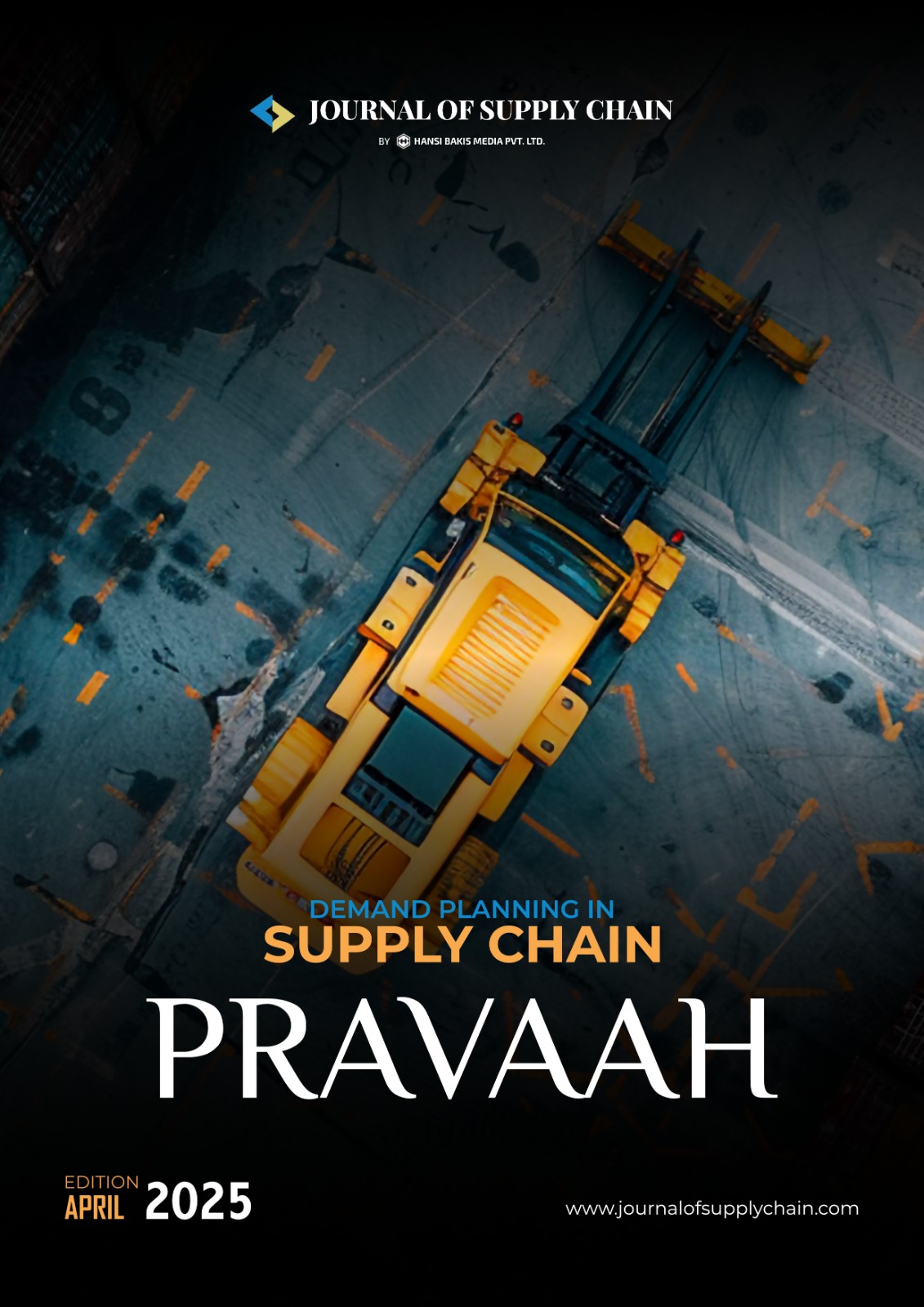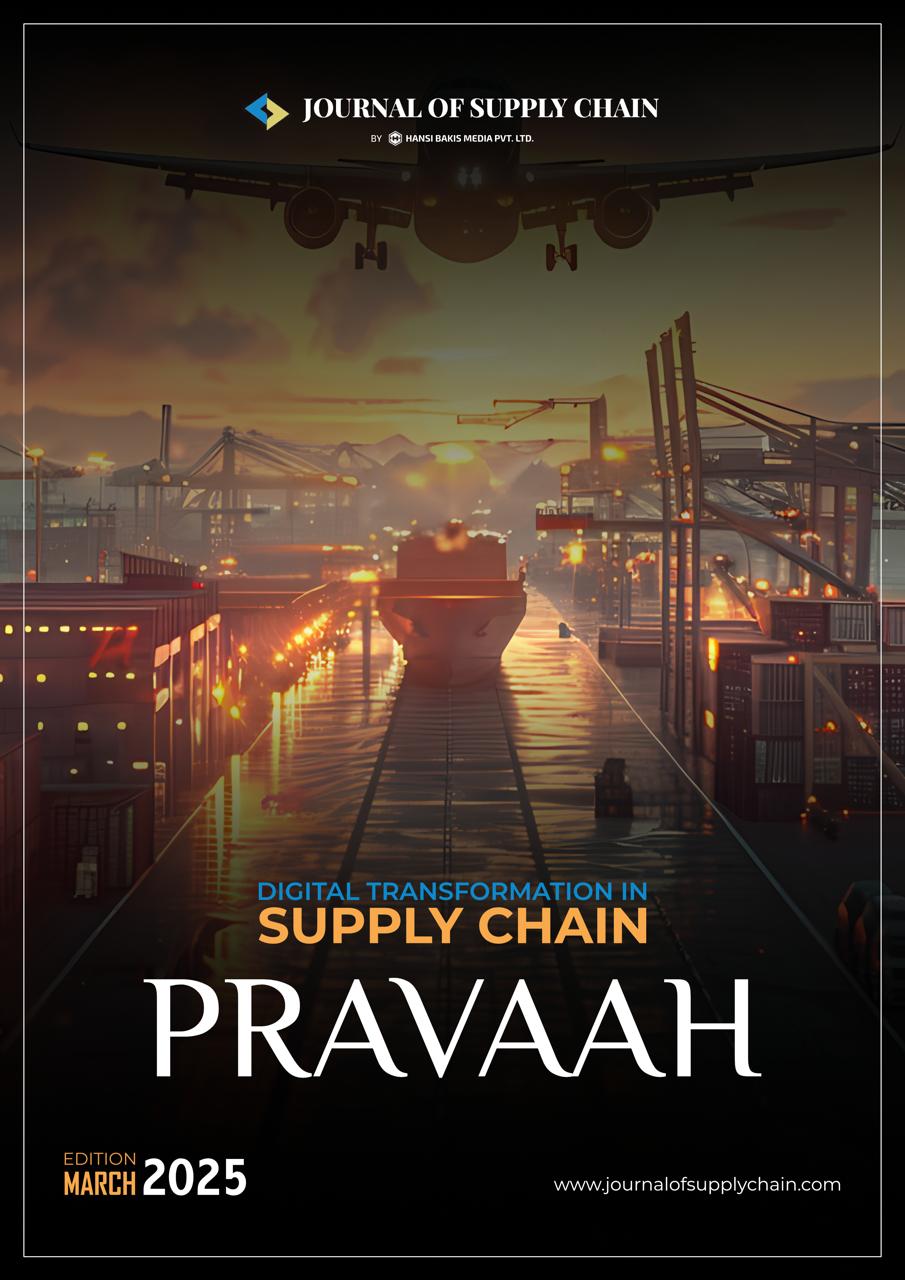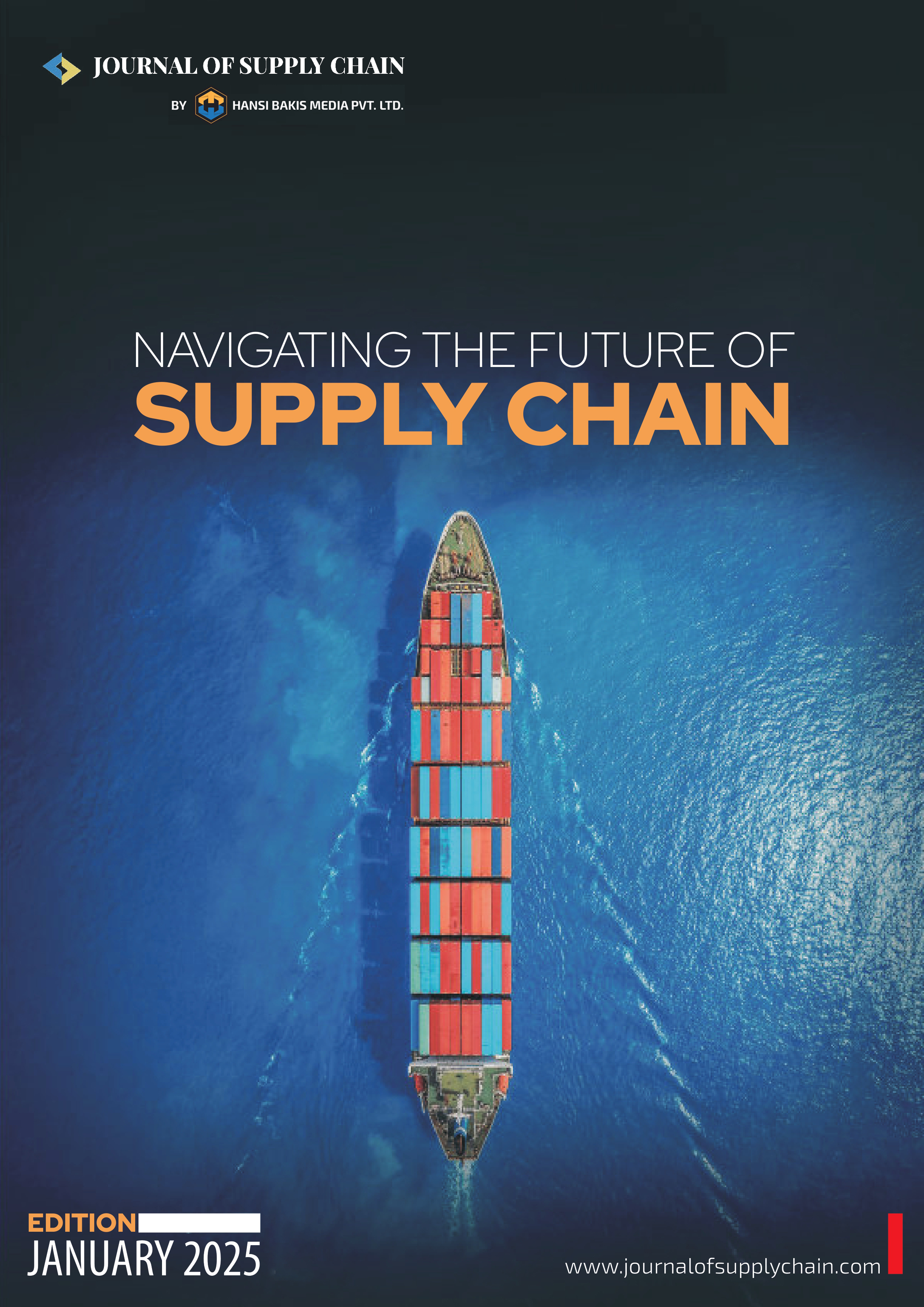National Logistics Seminart
The Centre for Transportation Research and Management (CTRAM) successfully hosted its 25th National Logistics Seminar 2025 at Ambedkar Bhawan, New Delhi, spotlighting the future of rail logistics in India. With the theme "Challenges and Emerging Opportunities for Rail Logistics," the seminar convened top officials from the Railway Board and logistics sector to deliberate on strengthening the rail co-efficient in key industries such as cement, automobiles and cargo aggregation. The event was inaugurated by Shri Hitendra Malhotra, Member (Operations & Business Development), Railway Board. He was joined by Shri Amit Vardhan, Additional Member (Tourism & Catering), Ministry of Railways, Shri Sanjay Swaroop, CMD, Container Corporation of India Ltd, Shri Prabhas Dhansana, Principal Executive Director (Traffic Transportation), Railway Board, Shri Pradeep Kumar Ojha, Executive Director (Traffic Transportation), Railway Board and Shri Amit Kumar, Executive Director, CTRAM. Highlighting the need to modernize India’s logistics backbone, speakers addressed infrastructure gaps, multimodal integration, and opportunities to shift more freight to rail for improved efficiency and sustainability. Shri Amit Kumar welcomed the dignitaries with eco-friendly gestures by presenting plants, setting a symbolic tone for green logistics. In the opening remarks, Shri Amit Kumar, ED, CTRAM, highlighted the CTRAM commitment to provide platform to logistics industry, government bodies and all stakeholders to discuss topical issues in logistics sector. Shri Amit Kumar, Additional Member (Tourism & Catering), Ministry of Railways, emphasized the organisation’s evolving role in the face of rapid technological and industry changes. “As a life member of CTRAM, I’ve witnessed its steady growth since its inception in 1998. With logistics undergoing a technological revolution driven by AI, machine learning, and rising customer expectations, CTRAM must continue to reinvent systems and drive research in areas like train path optimization, dynamic pricing, predictive maintenance, and intermodal integration. CTRAM is committed to conducting comprehensive studies to recommend sustainable, low-cost solutions for future logistics needs.” Shri Sanjay Swaroop, CMD of Container Corporation of India Ltd (CONCOR), highlighted both the disruptions and opportunities in the current logistics landscape."Today’s theme, ‘Challenges and Emerging Opportunities in Logistics,’ is highly relevant. While global supply chains face disruptions due to geopolitical shifts, India is witnessing a wave of innovations. The nearing completion of the Dedicated Freight Corridor, increased double-stacking, high-capacity container wagons like BLSS and BLCS, and expanding expressways are all contributing to cost reduction and efficiency gains. Green logistics is also evolving, with LNG trucks now covering 1,000 km in one fill and EVs expected to reach 500 km range within three years. Despite logistics traditionally being low-tech, AI, ML, RFID, and digital tracking are transforming customer experience. The government’s infrastructure push through ports like Vizhinjam and Vadhavan will further boost cargo movement. With MNCs entering India to tap its vast market, logistics will play a central role in driving economic growth." Shri Hitendra Malhotra, Member (Operations & Business Development), Railway Board, highlighted the urgent need to increase rail’s share in logistics to reduce costs and support sustainable growth."Rail carried 86% of freight in 1950, today it's less than 30%, despite being 90% less polluting than road transport. Increasing the rail share to 50% could reduce logistics costs by 2 percentage points. With India’s rapid growth, expanding rail infrastructure is critical, and under the current government, record investments ₹2.5 lakh crore annually are driving capacity creation in track networks, rolling stock, terminals, signaling, and safety." He praised CTRAM’s role in connecting policymakers with industry and called for collaboration to achieve Indian Railways' ambitious target of 3,000 million tonnes per year, up from the current 1,600 million tonnes."To support India's net-zero goals, a modal shift from road to rail is essential. Dedicated freight corridors have already cut transit times and improved reliability. New corridor-based strategies like the Energy, Mineral & Cement Corridor, High-Density Corridor, and Rail Sagar Corridor are set to further transform logistics. Over one lakh new wagons have been added in the last three years, and private participation is being encouraged through schemes like Gati Shakti Cargo Terminals and Wagon Investment Schemes," he noted. First Session: Cement Logistics Speakers from the cement sectors Shri Rajeev Mehta, Senior President, Ultra Tech CementShri Santosh Sinha, MD, CWCShri Praveen Garg, CLO, Adani Cement This session moderated by Traffic Transportation Railway Board Shri Pradeep Kumar Ojha The first technical session of CTRAM’s 25th National Logistics Seminar 2025 spotlighted cement logistics, with a focus on emerging trends, innovation and the sector's evolving needs.The session was moderated by Shri Pradeep Kumar Ojha, Executive Director, Traffic Transportation, Railway Board, and featured key industry voices including Shri Rajeev Mehta, Senior President, UltraTech Cement; Shri Santosh Sinha, Managing Director, Central Warehousing Corporation (CWC); and Shri Praveen Garg, Chief Logistics Officer, Adani Cement. Shri Pradeep Kumar Ojha, Executive Director, Traffic Transportation, Railway Board, highlighted the critical role of Indian Railways in supporting India's cement sector, describing cement as “not just a product, but the foundation of infrastructure.”"From highways to smart cities, every aspect of a developed India relies on cement and railways are best suited to move it," he said. Railways offer significant advantages over other modes: the ability to handle large volumes, energy efficiency, lower greenhouse gas emissions, and better performance over long distances.India, the second-largest cement producer globally, currently has a capacity of over 600 million tonnes, expected to cross 800 million tonnes by 2030. In FY24, cement production reached over 440 million tonnes, with the railways transporting 150 million tonnes of cement and clinker making it the third-largest freight category after coal and iron ore.He noted that India’s per capita cement consumption (250 kg) remains below the global average (560 kg), indicating vast growth potential. With the government's infrastructure push, demand is expected to grow 5–6% annually.Railways are targeting 3,000 million tonnes freight by 2030 and a modal share increase from 28% to 45%, supported by infrastructure upgrades, DFC completion, and policy reforms like Gati Shakti Cargo Terminals, e-payment systems, and short-lead concessions."Railways and the cement industry must continue this strong partnership to power India’s growth story," he concluded.








